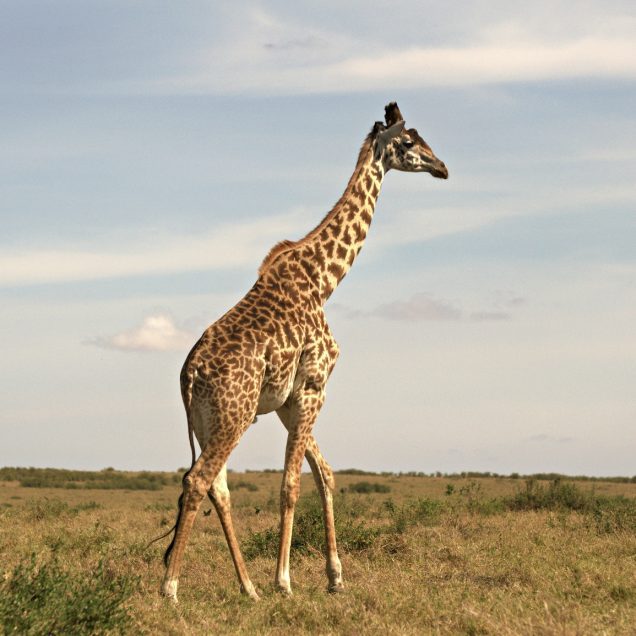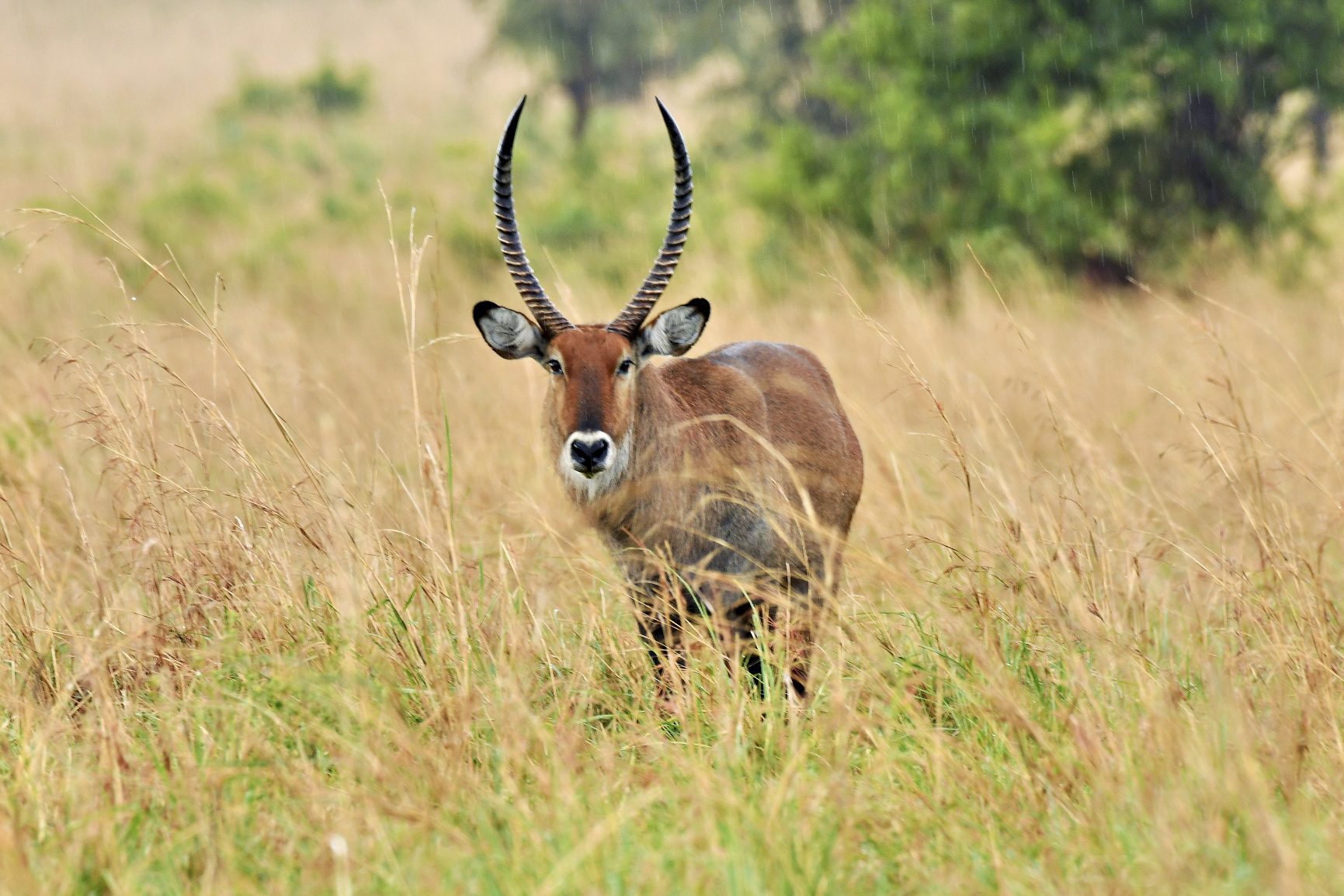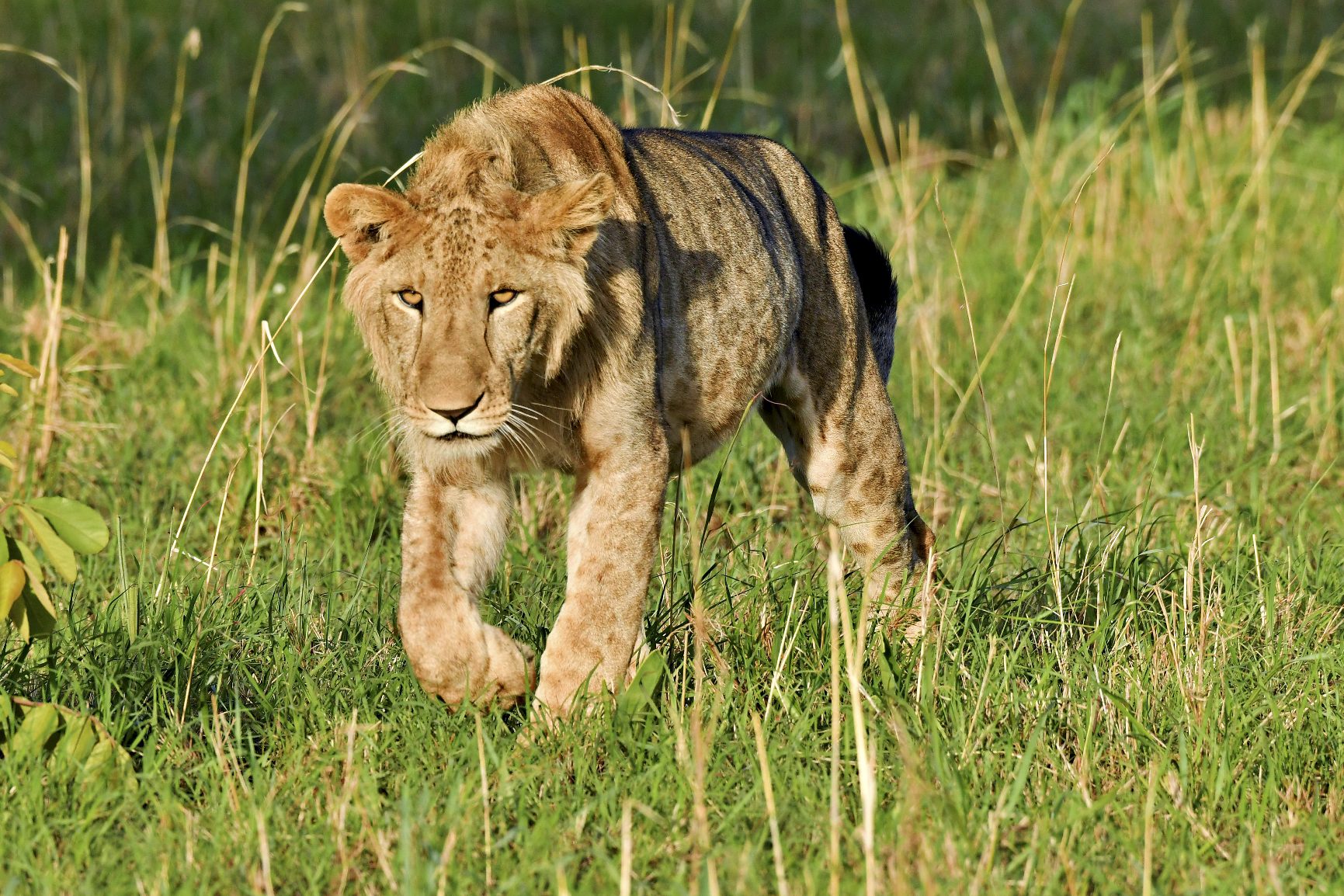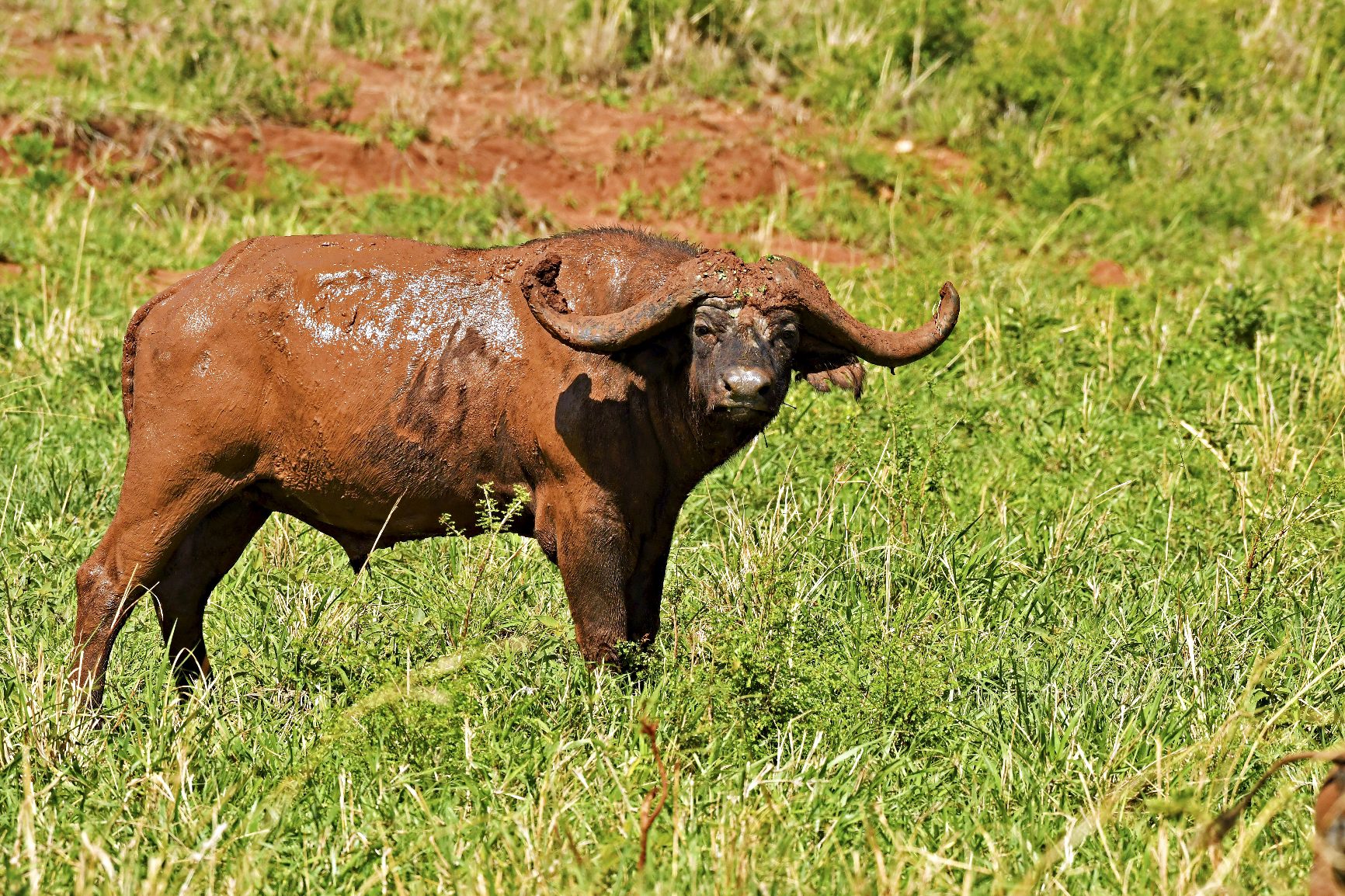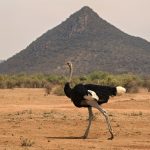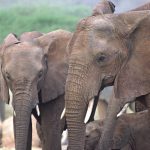LAKE MANYARA NATIONAL PARK
One of Tanzania’s smaller wildlife reserve, Lake Manyara National Park is spectacular scenic and incredibly diverse. Although only a third of the park consists of dry land, the reserve boasts a higher diversity of plant and animal species than the far larger Serengeti.
Lake Manyara National Park is a birder’s heaven (it’s frequented by 300 migratory avians), and the water from its Crater Highlands-supplied springs makes it a forested redoubt for all the most glamourous large mammals, including the famed Manyara tree-climbing lions (it’s a little irreverent, but tree-lounging might be a better description). If you’ve seen Out of Africa (if not: you owe it to yourself) you’re familiar with Lake Manyara. It’s the lake that Denys Finch Hatton and Karen Blixen fly over in a biplane, the lake that heart-thumpingly seems to burst into life, when tens — hundreds! — of thousands of flamingos lift from its waters.
Lake Manyara national parks offers unique wildlife experience, the park is filled with animals such as; elephants, impalas, cheetahs, African wilddogs, giraffes, zebras, lions, buffalos, water bucks, warthogs, klipspringer and hippopotamus. The park can be explored during morning, afternoon and evening time for wildlife watching. The park is also known for several troops of baboons than anywhere else in Tanzania and the world as whole, tourists can also spot other primates like the Syke monkeys, Egyptian mongoose, short eared galago and cape clawless otters to mention a few.
Lake Manyara National Park: The Experience
Lake Manyara National Park is a shallow alkaline lake at the base of the western stretches of the Rift Valley Escarpment. It glitters in the sun and is often covered in cloud upon cloud of pink lesser flamingos. In the deeper areas of the lake small pods of hippo bask, ears flickering, with egrets resting on their backs. Surrounding the lake is a particularly pretty park with a variety of habitats, including grassy floodplains, groundwater forest, acacia woodland and the rocky base of the escarpment.
Lake Manyara National Park has excellent game densities and is perhaps best known for its tree-climbing lion, often found sprawled in the branches of sausage trees. There are big troops of olive baboon and blue monkeys, prolific elephant, buffalo, wildebeest, giraffe and zebra as well as a whole host of smaller animals. Birdlife in the park is superb, with almost 400 species recorded. There are iridescent bee-eaters, silvery-cheeked hornbills and on the lake you’ll often find white pelicans as well as the flocks of flamingo.
Lake Manyara National Park: Birdlife
Lake Manyara National Park provides the perfect introduction to Tanzania’s birdlife. More than 400 species have been recorded and you can reasonably expect to observe 100 of these in one day. A big array of water-associated birds, including pink-backed pelicans, are easily seen around the hippo pool. When the water level is right, the lake is also home to thousands of pink-hued flamingo. More than 50 birds-of-prey have been recorded including the crowned eagle. Migratory birds are present from November to April.
Although it is good throughout the year, the best bird watching in Manyara is from November to April, when you can spot the migratory birds from Europe and northern Africa. This is also the time many birds can be seen in their breeding plumage. For wildlife viewing, the Dry season (from June to October) is best.
For more information, Go TO
LAKE MANYARA NATIONAL PARK WEBSITE

